Top speed 1,150 km/h Length 11 m Number of seats 2 | Wingspan 9.63 m Engine type Turbojet Manufacturers PZL Mielec, Mikoyan | |
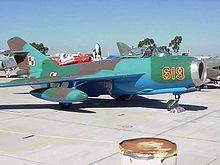 | ||
The Lim-6 was a Polish attack aircraft used between 1961 and 1992 by the Polish Air Force. It was a variant of the Mikoyan-Gurevich MiG-17/Lim-5 (NATO reporting name Fresco).
Contents
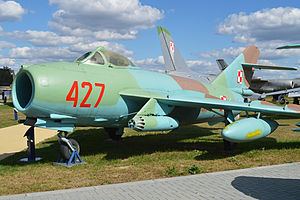
Development
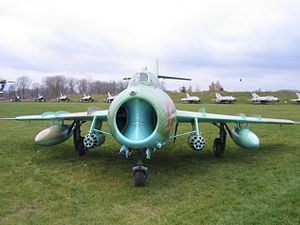
In 1955 Poland bought a licence for the manufacturing of the Soviet MiG-17, the basic jet fighter of Warsaw Pact countries. The licensed aircraft was given the designation Lim-5 (an abbreviation of: licencyjny myśliwiec - "licence fighter"). The first Lim-5 was built in WSK-Mielec on November 28, 1956, replacing the production of the Lim-2 (MiG-15bis). By production's end in 1960, 477 Lim-5s were built, becoming Poland's basic fighter. (This number includes the Lim-5R reconnaissance variant, equipped with an AFA-39 camera). From 1959 Poland began to license-produce the MiG-17PF interceptor, equipped with the Izumrud-5 (RP-5) radar, as the Lim-5P. By 1960, 129 were built.

In the late 1950s work commenced in Poland on developing a light attack aircraft based on the Lim-5. The basic MiG-17 and Lim-5 could only carry two 250 kg bombs, which replaced their underwing fuel tanks. After building prototypes, designated 'CM', in 1960 the Poles began production of an attack aircraft, Lim-5M. It introduced several modifications to the fighter, most of which focused on allowing the modified plane to be based on ground airfields. It had double undercarriage wheels, a braking parachute and attachments for RATO. The wing sections close to the fuselage were noticeably thicker, due to them containing additional fuel tanks. Instead of two bombs, it could carry two launchers for eight 57 mm rockets S-5. By 1961, 60 Lim-5M's were built and from November 1961 given to the Polish Air Force. They were not successful; thicker wings decreased their performance and made flying tricky, while increased drag meant the planned range increase was not achieved.
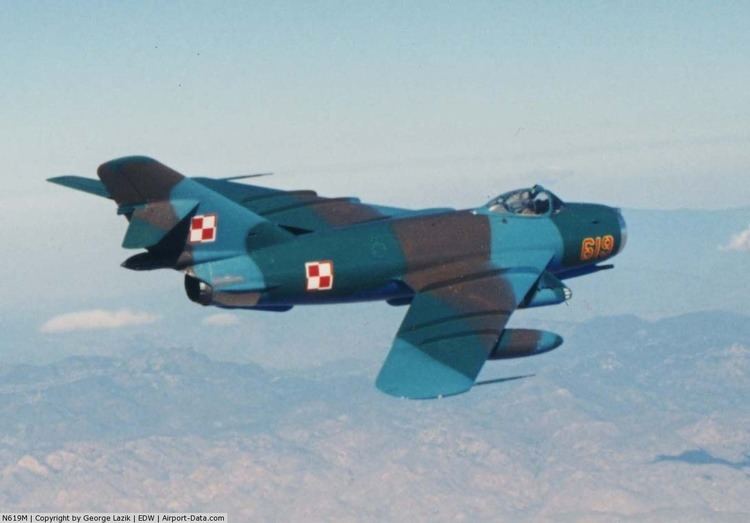
The Lim-5M was regarded only as an interim variant, and work on a more advanced plane continued, testing many different ideas. In 1961, 40 Lim-6 attack aircraft were built. They introduced new blown flaps, but tests showed problems with the modified Lis-6 jet engine and the aircraft were not given to the Air Force. As a result, it was decided to redesign the thick wing sections with fuel tanks, blown flaps, double wheels and RATO and return to only slightly modified Lim-5 construction, with increased weapon-carrying capability instead.
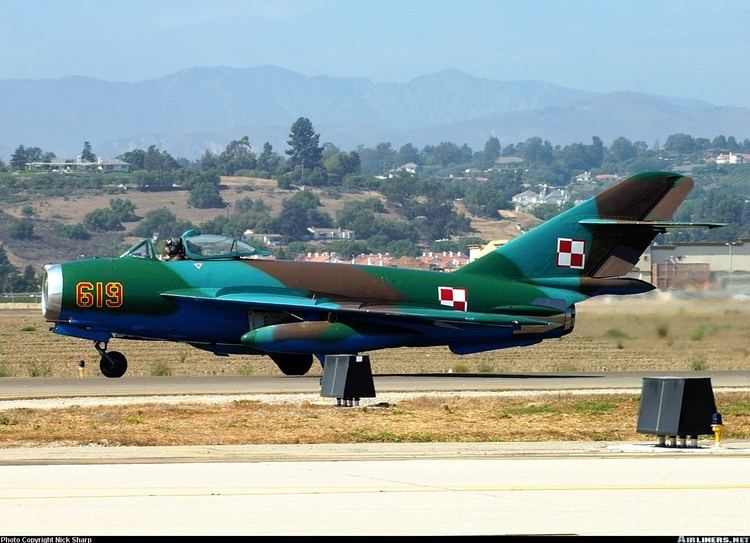
In 1963 the Poles started production of the final variant of the attack plane, the Lim-6bis. It had standard wings and single wheels, like the Lim-5 fighter. One important change was the addition of two underwing weapon pylons close to the fuselage. Another was the fitment of a braking parachute container below the rudder. These aircraft entered the service in the Polish Air Force in 1963, but were not officially accepted until September 14, 1964.
By 1964, 70 Lim-6bis were built and a number of Lim-5Ms and Lim-6s were rebuilt to the Lim-6bis standard. A number were also converted to a reconnaissance variant Lim-6R (or Lim-6bisR) with an AFA-39 camera under a fuselage.
As Lim-5P fighters became obsolete, from 1971 they were also rebuilt to the Lim-6bis standard, under the designation of Lim-6M. Their radars were removed, but the radar covers in the central air intake remained. They were fitted with additional underwing pylons, but not with a braking parachute. Some aircraft were modified to a reconnaissance variant designated the Lim-6MR.
Design
The Lim-6bis was armed with two NR-23 23 mm cannons (80 rounds) and one N-37D 37 mm cannon (40 rounds), like the MiG-17 (the Lim-6M was probably armed with three NR-23 23 mm cannons, like MiG-17PF). It had four underwing pylons. Typical armament consisted of two Polish-made Mars-2 launchers for 16 unguided 57 mm rockets S-5 each, or 100 kg bombs. It could also carry 250 kg bombs or launchers on standard outer underwing pods, but usually they were used for 400l fuel tanks.
Operational history
Lim-6bis, 6R, 6M and 6MR were used by the Polish Air Force as its most numerous attack aircraft until the 1980s. The last were finally withdrawn in 1992.
Some were exported to the East Germany (German Democratic Republic), Egypt and Indonesia. Some GDR machines found themselves in Guinea-Bissau in the 1980s.
Variants
Operators
Specifications (Lim-6bis)
Data from {name of first source}
General characteristics
Performance
Armament
